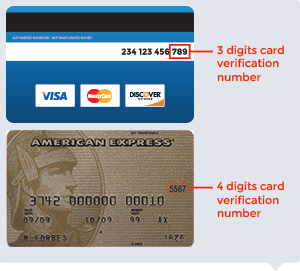

Here are some of them: Install legitimate antivirus software on your PC Therefore, we recommend that you take some steps to protect yourself and your card’s CVV online. The world is full of malicious individuals who are after your funds and identity. But we’d advise you to be careful out there. You might think that since you have a Card Security Code, you’re safe from online hackers and any fraudulent activities. This move makes it much harder for anyone to steal your personal details, identity, or funds. This means that even if you enter your card information on a payment gateway, and even if your card details are stored there, the CSC number never will be. Online portals, for example, may not store any information about a cardholder’s Card Verification Value number as this is against the PCI DSS rules. This means that even if your card expires and they issued you with a new one, your new card will have a brand new Card Verification Value on it even though your cards look the same.įor security reasons, the CVV number is used to show merchants that it’s really you who’s using your card. What’s more, is that no two cards have the same one. You as a card user have no control over your CVV number, as opposed to your PIN. In fact, while a PIN is usually user-created, CVVs are automatically generated by your card issuer and are then printed on the plastic. A PIN is usually four digits or longer and we use them for withdrawing cash from ATMs with debit cards or for cash advances with credit cards. With so many numbers on such a small piece of plastic, it might be easy to get confused and think that the CVV number is your PIN or Personal Identification Number. It was introduced in order to provide retailers and merchants additional proof that it’s actually you who is using your card, and not someone who might have stolen your information. In short, you can use it for card-not-present transactions where you’re making a purchase over the phone or online. But what is the purpose of this CVV number? If you’ve seen this number on your card, things might clear up a bit.

Simply put, a Card Verification Value, also known as Card Security Code or CSC for short, CVV is a three or four-digit number that’s mostly found on the back of your debit or credit card next to the signature panel.Īlthough, some cards apart from Visa, Mastercard and others place it on the front of the card.


 0 kommentar(er)
0 kommentar(er)
